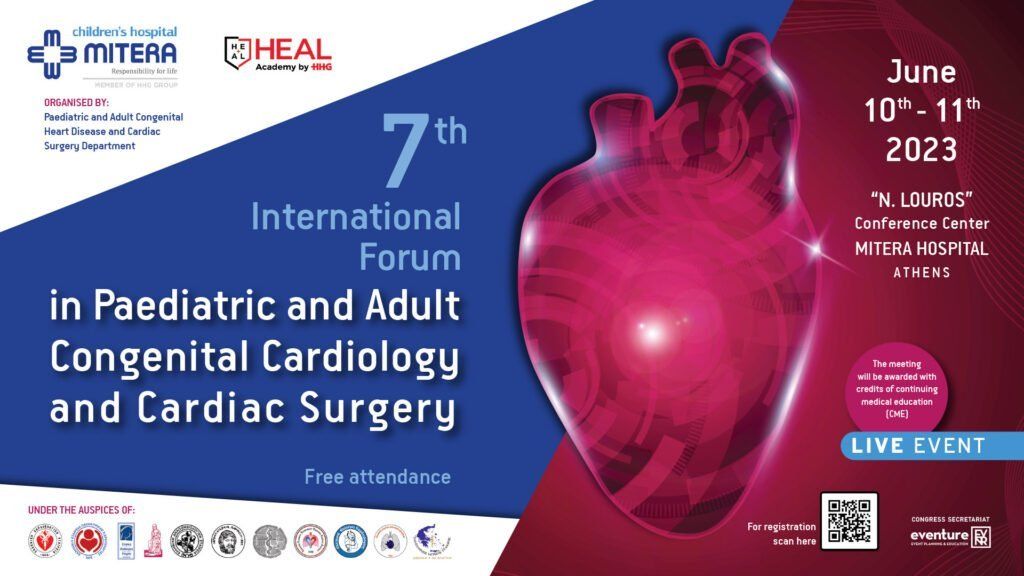1. Introduction
Chronic total occlusion (CTO) occurs in approximately 13–30% of patients with coronary artery disease undergoing coronary angiography1,2, and remains a major challenge in interventional cardiology. Although successful percutaneous coronary intervention (PCI) is associated with improvements in symptoms and quality of life3, only 12.4% of patients with CTO receive CTO-PCI, according to a previous study4. Coronary collateral circulation (CCC) is associated with favorable clinical outcomes and might be a protective factor in patients with severe myocardial ischemia. Well-developed collateral circulation is commonly believed to be associated with diminished incidence of myocardial necrosis and occurrence of angina pectoris, improved cardiac function, and prolonged survival times in patients with ischemic heart disease5,6. In our previous work, we have reported that different treatment strategies with or without successful CTO revascularization affect the clinical outcomes of patients with CTO7. However, whether good CCC is associated with better prognosis in patients with CTO receiving different treatment strategies was unknown. Therefore, in this study, we aimed to investigate the correlation between CCC and prognosis in patients with or without CTO revascularization.

2. Methods
2.1. Study population
As shown in Fig. 1, our retrospective cohort study included 11,007 patients who underwent coronary angiography in our cardiology department between January 2016 and December 2018. The inclusion criteria were as follows: 1) patients with CTO, as detected by coronary angiography and 2) patients with symptomatic angina and/or functional ischemia. The exclusion criteria were as follows: 1) patients who developed acute ST-segment elevation myocardial infarction within 48 h and 2) patients with previous coronary artery bypass grafting (CABG). Of the 11,007 patients included in this study, 1,124 patients with CTO were enrolled in the final analysis after the inclusion and exclusion criteria had been applied. Baseline and angiographic characteristics were prospectively collected from the hospital database and medical records. Follow-up was conducted by review of medical records or telephone interviews.

Figure 1. Flowchart showing patient enrollment. CABG, coronary artery bypass grafting; CCC, coronary collateral circulation; CTO, chronic total occlusion; CTO-R, CTO revascularization; CTO-NR, no-CTO revascularization; PCI, percutaneous coronary intervention.
